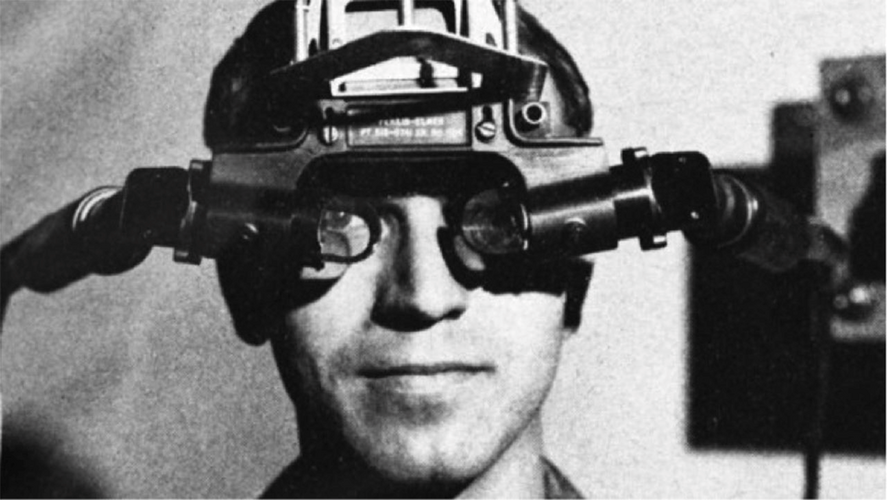STUDIO MA/BA AUGMENTED NATURES
Augmented Natures
Towards a New Architectural Materialism
Prof. Giovanni Betti, LB Anna Bajanova, LB Stefano Arrighi, T Angely Angulo Meza
Weekly meetings at the studio (room 314)
Wednesdays 2 pm - 6 pm
First date: 22nd April 2025 after Superstudio Kick-off
Studio Manifesto
Architecture has spent the last century in pursuit of perfection.
Standardization, repetition, precision — these were the promises of modernism. Steel beams. Flat concrete slabs. Materials engineered to be homogeneous, obedient, replicable, clean. It made architecture complicit in a system of extraction, waste, and environmental indifference. The desire for homogeneity and predictability has ment large quantities of energy invested in extracting, processing, refining and discarding materials to force them in an ideal, codified state. This aesthetic of control was never just formal; it was ideological. Control and dominate the natural world by reducing its complexity.
If we are to take sustainability seriously, we cannot simply continue polishing the same paradigms. Responsible architecture today begins not with clean slates, but with dirty hands. It begins in the scrapyard, the forest floor, the leftovers. It begins with what already exists.
The future is found, not manufactured.
It is reused, not specified.
It is imperfect, and that is its strength.
We need to re-learn how to design with the unpredictable—materials that don’t fit neatly into grids or catalogues. We need to reframe digital technology, not as a tool for perfection, but as a collaborator in chaos. What if digital tools were not used to erase irregularities, but to navigate and celebrate them?
This is where Reality Capture and Augmented Reality enter the scene—not as a novelty, but as a necessity.
AR is not new. Its origins stretch back half a century, to prototypes like Sutherland’s Sword of Damocles (1968). What’s new is the moment: for the first time, architects have access to tools that can collapse the divide between design and making.
We design in 3D, for a 3D world—yet we build from 2D.
Digital models become construction drawings: simplified, flattened, and somewhat disconnected from the material conditions they describe.
We want to fuse the digital and the analog. We’ll work between digits: Not just the binary digits of the computer, but the ten digits of our hands.
The link between concept and material is mediated by abstraction.
That gap must close.
Today, AR headsets and 3D scanning devices offer us a way forward. We can scan the real world—get it into our design environments slightly less idealized, less cleaned up, more as it is. We can design on top of it, using real geometry, in real time. Then we can project those intentions back onto the material world, overlaying information, guiding hands, embedding design directly into context.
Studio Methodology
The studio will be organized around a series of design sprints—three or four across the semester—through which students will collaboratively develop and build a series of architectural experiments or installations. Each sprint will focus on a different material challenge and a different configuration of digital tools and workflows.
Throughout the semester, students will work hands-on with non-standard materials sourced from local salvage, waste streams, or natural environments. These may include reclaimed timber, stone, metal scrap, or biodegradable matter. We will scan these materials using mobile LiDAR (e.g. Polycam), design around their specific geometries using Rhino and Grasshopper, and project assembly instructions or design overlays using AR (Fologram on mobile phones and HoloLens headsets).
Please note: we will have access to only 2 HoloLens headsets and 10 mobile licenses for Fologram, so students will be asked to work in rotating groups. This limitation will encourage collaborative workflows and thoughtful staging of AR integration within each design sprint.
Students will rotate through collaborative roles, including:
- Concept and spatial design
- Fabrication strategy
- AR interface development
- Physical prototyping and assembly
- Visual and technical documentation
Technical Support & Tools
The studio is open to students with no prior experience in digital tools. A parallel series of technical workshops led by Stefano Arrighi will introduce scanning, modeling, and AR workflows in a highly accessible way. The emphasis is not on mastering software, but on using it creatively and critically within a larger design agenda.
Don’t be intimidated by the technical side—the tools we’ll use are far more approachable than they appear. With curiosity and experimentation, you’ll find that what seems complex quickly becomes intuitive. The goal isn’t technical perfection, but confident exploration.
Outcomes & Objectives
The outcomes of the studio are both conceptual and material, combining hands-on experimentation with critical reflection. Students will produce:
- A series of physical prototypes and models developed from found, reused, and natural materials
- Direct experience in sourcing and working with “waste” and non-standard materials, including salvaged and biodegradable components
- A collection of drawings and visual documentation that communicate the design processes, from scanning to assembly
- A set of documented digital workflows and critical reflections on how emerging tools can embed design more directly within material realities
- A rethinking of digital design practices, focusing on how they can engage with—not erase—the complexities of real-world materiality
An augmented reality experience, developed collaboratively, to be shared with visitors during the Rundgang
